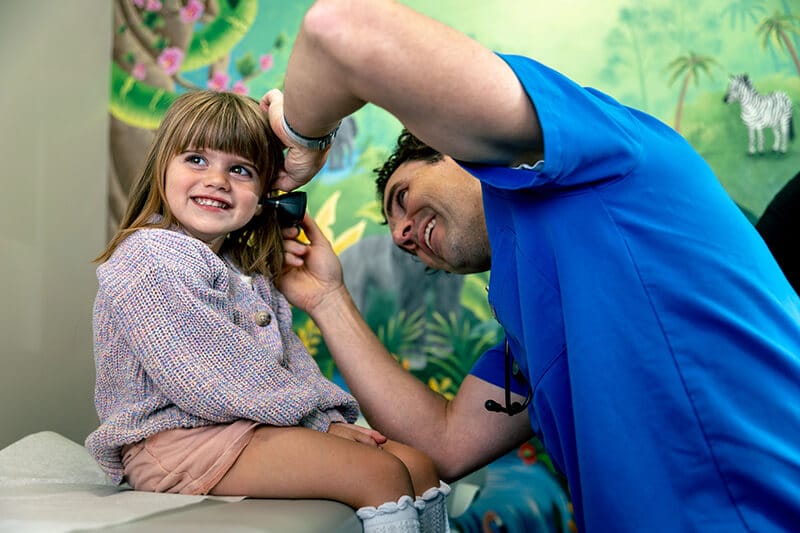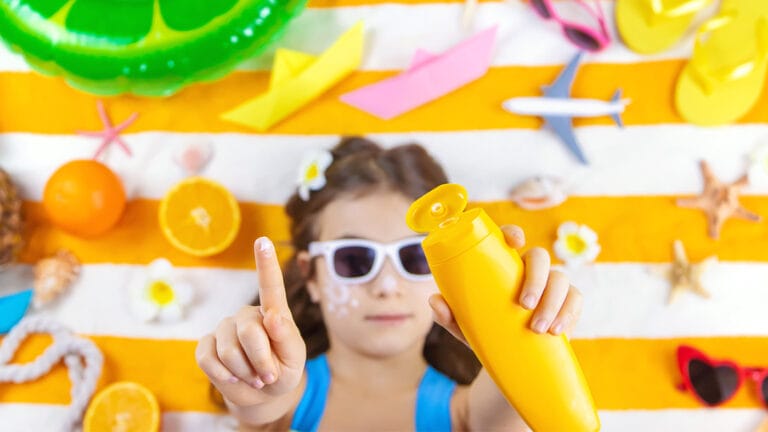This time of year brings many get togethers and festivities, which is fun but can present challenges when traveling with infants and toddlers. Getting through airport security can become a monumental task when traveling with young children and all the stuff that they need! Here are some tips to help you enjoy all of the celebrations that this season brings.
Airplane Travel:
- The FAA allows children under the age of 2 to be an “infant in arms,” meaning you don’t have to buy them an airplane seat and they can sit on your lap. However, if you have an older or large child, this might get uncomfortable especially for long flights. If you purchase a seat, you can bring many types of car seats into the plane, allowing your child to potentially get in a good nap.
- Most airlines allow you to check your child’s car seat and stroller for free!
- To help with changes in inner ear pressure during ascent and descent, have your child nurse, take a bottle, or suck on a pacifier to help equalize the pressure during these times. We don’t recommend any medications (such as Benadryl) to help with this issue. Having a recent or current ear infection may slightly worsen this pain but isn’t a reason that your child can’t take the flight.
Sleeping in a new environment:
- Make sure the place you will be staying has a safe sleeping surface for your child, especially if your child is under the age of 12 months. Many hotels allow you to rent a mini crib or a pack n play. It’s always worth calling in advance to double check. Consider bringing your own sheets in case they don’t provide these.
- If your baby or toddler uses a sound machine, invest in a rechargeable sound machine that you can easily take with you on the go.
- If your child is used to sleeping in a dark room, being in a new sleeping space that might not have full black out shades may present some challenges. Many hotel rooms have black out curtains but if you are staying with family or friends, they may not have these set up. Consider investing in the product called The Slumber Pod. It is basically a breathable blackout tent that fits over a pack n play or mini crib. An added benefit is that this provides some separation if you are having to share a room with your child. You can turn on the lights in the room without your child noticing! Alternatively, you can also purchase affordable travel black out curtains that can easily be placed and removed.
- Determine if you need to bring a baby monitor. If you want to join in evening festivities after your child’s bedtime, you will want to be able to keep an eye or ear on them. This comes up if you are staying in a large home where you might not easily be able to hear your child from where you are hanging out or in a large hotel if you are getting together with people in the lobby or in another hotel room.
International Travel:
- If you are traveling outside of the country, bring this up with your provider. Many times, we recommend that babies get their first doses of the MMR vaccine early (before the regularly scheduled 12-month vaccine) if they are traveling internationally.
- Check out the CDC’s Traveler’s Health webpage by destination to look at location-specific recommendations on safe travel
If you are traveling to a beach destination this winter:
Sun Safety:
- Babies can use sunscreen starting at the age of 6 months. Before that time, keep babies out of direct sunlight and consider using a brimmed hat.
- At 6 months and older, use a broad-spectrum, water-resistant sunscreen that is at least SPF 30. The best are those that are mineral-based (zinc oxide or titanium oxide).
- Keep in mind that it takes 30 minutes for it to be effective and to reapply every 2 hours.
Insect Repellants:
- The AAP and CDC recommend 10-30% DEET for children > 2 months old. Consider use if you are traveling to an area with high mosquito burden, especially in places that have mosquito-borne illnesses like malaria
- Many families are hesitant to use insect repellents on their young children and opt for barrier protection with lightweight clothing and mosquito nets instead
Water Safety:
Drowning is the single leading cause of injury-related death among children ages 1 to 4.
- The AAP recommends US Coast Guard-approved life jackets when young children around water
- Use “touch supervision,” meaning that there is always an adult close enough to reach the child in the water at all times.
- Swim lessons can teach young children valuable skills but do not prevent drowning
And most importantly, take a deep breath and relax. Traveling is already stressful and navigating new environments, time zones, and altered routines can be really challenging. Do your best to keep your kids comfortable and safe and enjoy your time adventuring as a family!






